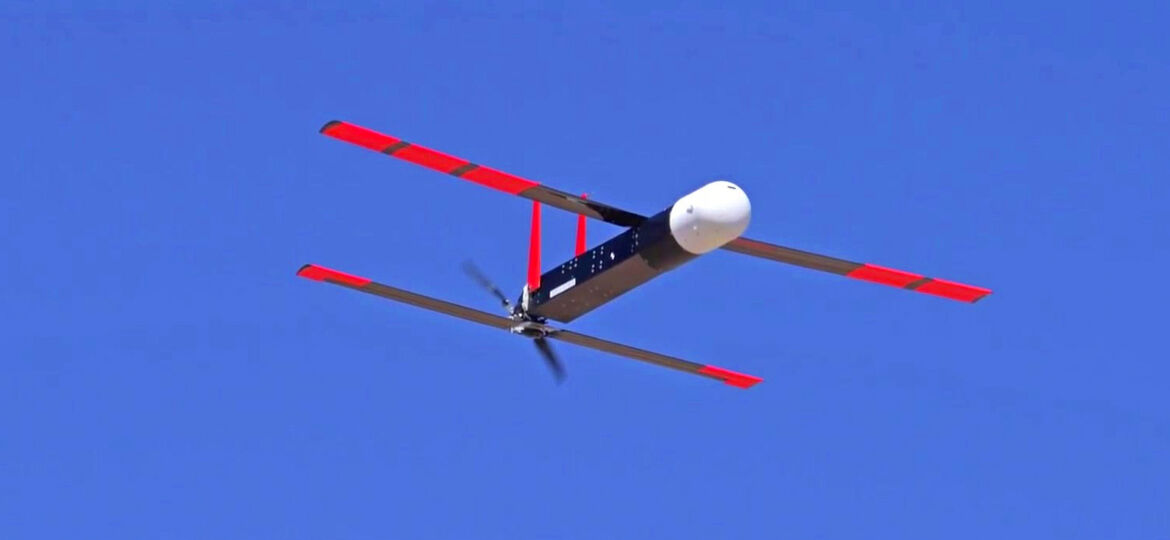
WHY THIS MATTERS IN BRIEF
The US Navy launches drone swarms to give its adversaries a new headache to deal with.
Following on from a DARPA’s announcement earlier this year about creating a new “Drone Swarm” program with Lockheed, the US Navy’s Office of Naval Research (ONR) have announced that they have developed an innovative batch of swarming drones and a new way to launch them. Using something akin to a rocket launcher ONR can fire the swarm drones in quick succession – only for them to regroup and get into formation when they’re airborne. In the video below, you can watch ONR’s demonstration of the project, which is part of the Navy’s Low-Cost UAV Swarming Technology (LOCUST) programme which they announced last year.
The LOCUST project is meant to exploit the power of large numbers – specifically, of drones – to its advantage. Like its Biblical namesake that plagued the Egyptians, LOCUST is intended to “autonomously overwhelm an adversary” in offensive or defensive operations and the mission profiles LOCUST fits are varied. The launcher’s small size allows for firing of UAVs from a variety of locations, like ships, vehicles, and even aircraft and, depending on the type of UAV, they will be able to be used to extend the US military’s electronic warfare capabilities, increase a carrier groups radar shield and coverage as well as augment the autonomous capabilities of Americas new Zumwalt class of autonomous-capable destroyers.
Up in the air is where the really impressive stuff happens though. Besides regrouping, the drones can communicate and transmit information to other swarm members, which allows them to collaborate and perform autonomously of their human operators – however, that said, the Pentagons doctrine is that a human operator will still be involved, monitoring the swarm to take over when needed.
“This level of autonomous swarming flight has never been done before,” said ONR programme manager Lee Mastroiann.
“UAVs that are expendable and reconfigurable will free manned aircraft and traditional weapon systems to do more, and essentially multiply combat power at decreased risk to the warfighter.”
Of course, one of the great advantages of drone swarms is that they’re incredibly hard to take out. Shooting down one drone is tricky business, but a swarm of them? That’s a whole different matter, then, load them up with new capabilities and tech and adversaries could find them in a whole heap of mess.
















